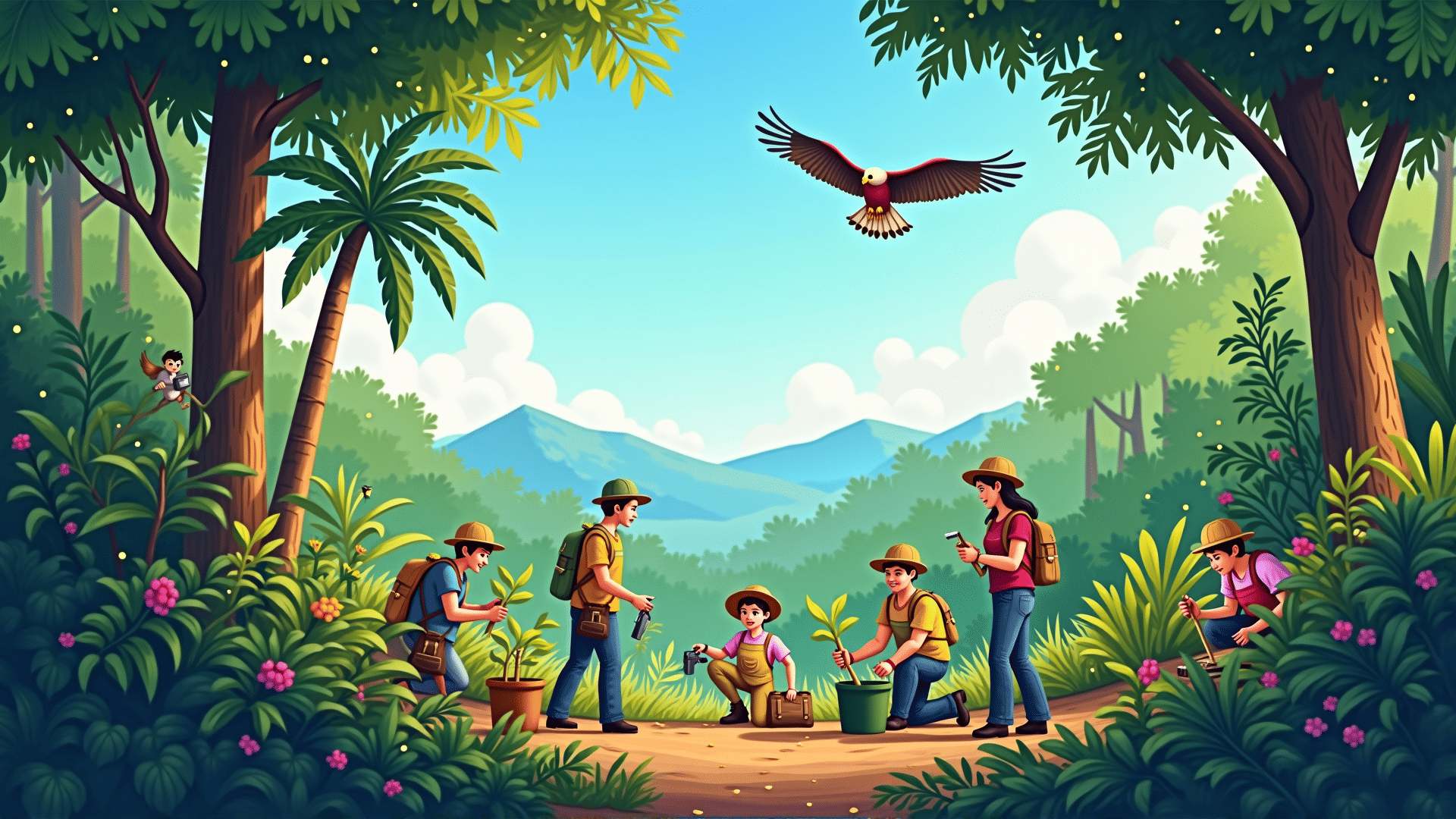In today’s rapidly changing world, safeguarding the diversity of life on Earth has become a critical mission. Efforts dedicated to protecting endangered species and restoring their natural habitats play a pivotal role in maintaining the planet's ecological balance. These initiatives not only focus on preservation but also aim to promote coexistence between wildlife and human populations.
One major component of these initiatives is the creation and expansion of protected areas. National parks and wildlife reserves serve as sanctuaries for a wide range of species, offering them a safe space away from the threats posed by human encroachment and activity. By establishing and maintaining these protected zones, we ensure that threatened animals and plants have a secure home where they can thrive.
Restoration projects are another fundamental aspect of wildlife protection. Many ecosystems have been degraded or destroyed due to deforestation, pollution, and other detrimental actions. Restoration involves rehabilitating these damaged areas, which can entail replanting native vegetation, cleaning polluted waterways, and reviving rich ecosystems that support a myriad of species. Such efforts not only benefit wildlife but also improve air and water quality, benefiting surrounding human communities.
Public engagement and education are also key components of successful wildlife protection strategies. Raising awareness about the importance of biodiversity and the threats faced by endangered species encourages communities to participate actively in conservation efforts. Educational programs in schools and communities foster a sense of responsibility and stewardship towards the environment and its inhabitants.
Moreover, collaboration and partnerships across borders and organizations amplify the impact of conservation endeavors. Global cooperation brings together expertise and resources from various fields, enhancing the effectiveness of conservation measures. From scientific research and technology to tracking and monitoring systems, these collaborations pave the way for innovative solutions and strategies to address complex environmental challenges.
Indigenous communities often play an instrumental role in these initiatives. Their traditional knowledge and profound connection with nature offer invaluable insights into sustainable practices and biodiversity management. Involving indigenous groups in conservation planning ensures that their voices are heard, and their expertise is leveraged in protecting the natural world.
In conclusion, the collective efforts to protect endangered species and restore natural habitats are essential for preserving the planet's rich biodiversity. Through protected areas, restoration projects, education, global collaboration, and indigenous involvement, we can create a future where wildlife and humans coexist harmoniously. These initiatives not only protect the delicate web of life but also secure a healthier and more balanced environment for generations to come.
